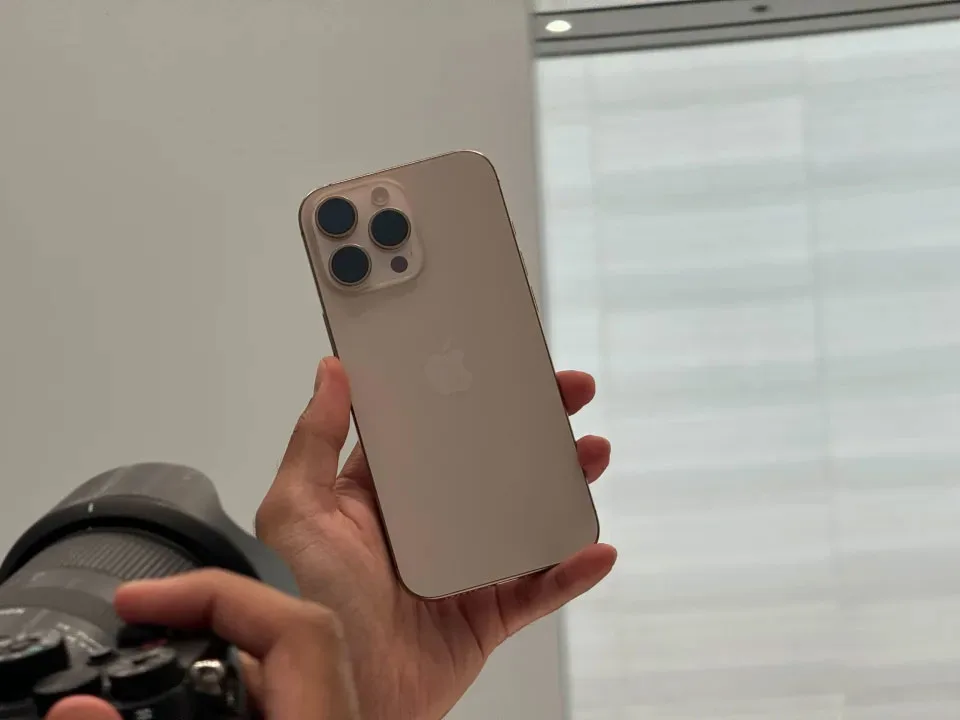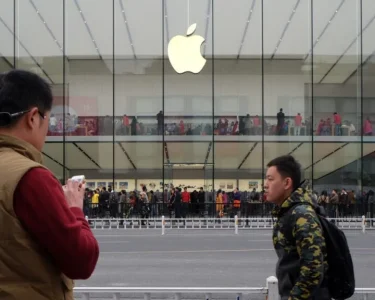In the tech world, anticipation is already growing for the iPhone 16, yet there are concerns about Apple’s direction. Apple has consistently set benchmarks in the smartphone industry, with each iPhone iteration being hailed as a symbol of innovation. However, as the company continues to push technological boundaries, it is important to remember the core purpose of its flagship device: the user experience.
With every new release, there are expectations of faster chips, better cameras, and sleek designs. But beneath these features lies a question Apple needs to answer: Is the iPhone evolving in a way that serves the needs of everyday users, or is it becoming a showcase of unnecessary features?
Striking a Balance Between Innovation and Practicality
The iPhone is more than just a device; it is a tool that millions rely on daily for work, communication, and entertainment. As Apple prepares to unveil the iPhone 16, it must consider balancing groundbreaking technology with user-centric features. A device packed with cutting-edge advancements may be impressive, but if those features do not enhance everyday life, their value diminishes.
User-Centric Design
The iPhone has become synonymous with ease of use. The iPhone’s intuitive interface has been a major selling point since the first model’s launch in 2007. While adding advanced technologies such as improved processors and AI capabilities is exciting, Apple must prioritize simplicity and functionality. The iPhone 16 should continue the tradition of being a phone anyone can pick up and use without requiring a steep learning curve.
Performance vs. Overload
In recent years, iPhone models have become increasingly powerful. The A-series chips have delivered impressive speeds, allowing users to perform a variety of tasks. However, the question arises: How much power is too much for the average user? Do everyday consumers truly need this level of performance, or is it merely an attempt to outshine competitors?
The iPhone 16 will likely come equipped with the next-generation chip, promising even faster performance. But while this appeals to tech enthusiasts and professionals who need heavy computing power, Apple needs to remember that most users are content with streaming videos, using social media, and managing daily tasks. These functions do not demand the latest processing technology. Apple should focus on optimizing software for efficiency, battery life, and reliability—areas that directly impact the user experience.
The Role of 5G and Future Connectivity
One of the biggest advancements in recent iPhone models has been the inclusion of 5G capabilities. While 5G promises faster speeds and better connectivity, the reality is that many regions still lack widespread 5G networks. As a result, users are paying a premium for a feature they cannot fully utilize.
With the iPhone 16, Apple has an opportunity to refine how it markets these advanced features. Rather than emphasizing what might be available in the future, Apple should focus on improving the current connectivity experience for all users, regardless of their location. This means enhancing LTE capabilities, making Wi-Fi connections more stable, and ensuring seamless transitions between networks.
Sustainability and Longevity
In the era of climate change and environmental consciousness, consumers are more mindful of sustainability than ever before. Apple has made strides in using recycled materials and reducing carbon footprints, but one area where the iPhone 16 could truly stand out is in its longevity.
With each new model, there’s an increasing perception that iPhones become obsolete faster. Software updates often make older models slower, pushing users to upgrade sooner than they might have planned. For the iPhone 16 to meet the demands of eco-conscious consumers, Apple must ensure that this model will have a long lifespan, both in terms of hardware and software support.
Instead of focusing on pushing consumers toward the next big thing every year, Apple can champion the idea of a sustainable, long-lasting device. Highlighting repairability, extended software support, and hardware durability would resonate well with the growing audience of environmentally conscious users.
Focus on Practical Features
While camera upgrades are always welcome, especially with the rise of content creation, Apple should avoid the temptation to add unnecessary features that may complicate the user experience. The iPhone 16’s camera could benefit from improvements in low-light photography, better image stabilization, and more intuitive editing features. But adding experimental features like extreme zoom levels or niche modes might alienate users who just want to take high-quality photos without hassle.
Practical features that enhance daily use should be prioritized. Improvements in battery life, wireless charging speeds, and security features, such as more intuitive Face ID or fingerprint recognition, would bring significant value to users. Similarly, Apple should address user concerns about the durability of iPhones, ensuring that the iPhone 16 is more resistant to drops, scratches, and water damage.
Looking Ahead: What Users Want
Apple’s innovation pipeline is vast, but the company needs to stay in tune with what users actually want from their devices. While futuristic features are exciting to read about, they often go underused. Instead, Apple should focus on areas that will make a tangible difference in day-to-day use. This includes refining voice assistants like Siri, improving app multitasking, and ensuring seamless integration across Apple’s ecosystem of devices.
The iPhone 16 doesn’t need to be a revolution in smartphone technology. It simply needs to be a reliable, user-friendly device that improves upon what Apple already does best. By focusing on core strengths—ease of use, longevity, sustainability, and practical innovations—Apple can ensure the iPhone 16 remains the go-to smartphone for millions worldwide.
As Apple prepares for its next release, the company would do well to remember that innovation is not just about adding more; sometimes, it’s about refining what already works. The iPhone 16 should be a reminder that simplicity, reliability, and a strong user experience are what truly drive customer loyalty.
For more in-depth coverage of the latest tech developments, explore Digital Digest and stay ahead of the trends that shape our digital world.





